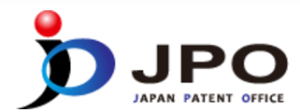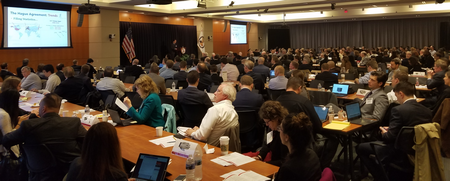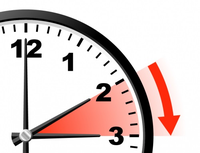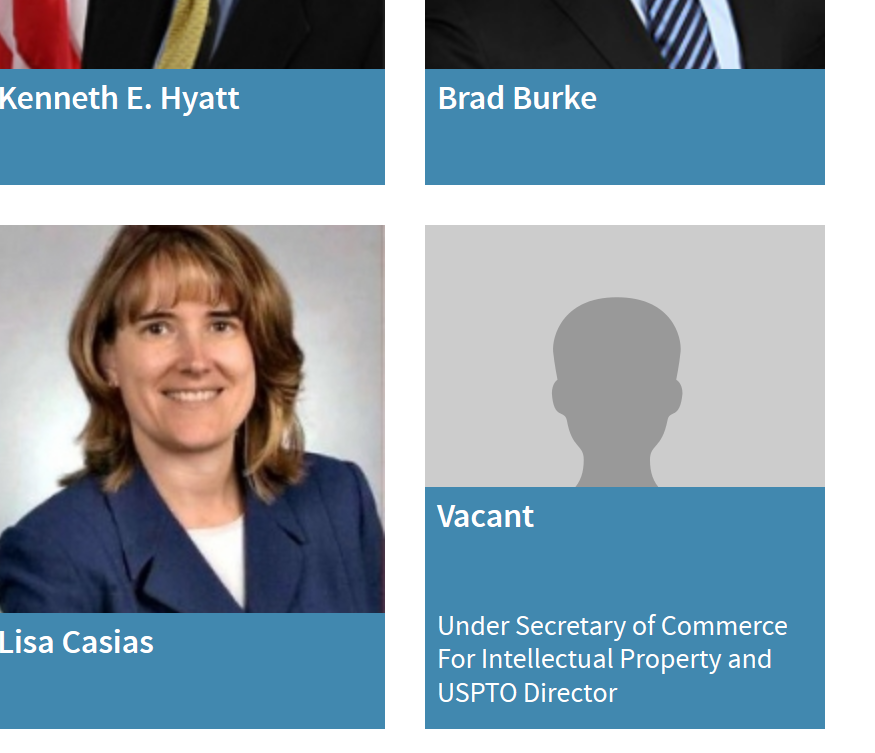Somehow it got put on the back burner, but finally I have sorted and published the results for the 2016 US Utility Patent Tote Board and the 2016 US Trademark Tote Board. You can see all of the Tote Boards here.
Japan and PDX and October 1
 Do you sometimes file a US patent application that claims priority from a Japanese patent application? Do you sometimes give instructions to Japanese counsel to file a Japanese patent application that claims priority from a US patent application? In either case, you need to know about something important that will change on October 1, 2017. Continue reading “Japan and PDX and October 1”
Do you sometimes file a US patent application that claims priority from a Japanese patent application? Do you sometimes give instructions to Japanese counsel to file a Japanese patent application that claims priority from a US patent application? In either case, you need to know about something important that will change on October 1, 2017. Continue reading “Japan and PDX and October 1”
Design Day is happening
 Design Day 2017 is taking place right now at the USPTO in Alexandria, Virginia. The room is packed, with people sitting around the edge of the room because all of the tables are occupied. David Gerk is speaking right now.
Design Day 2017 is taking place right now at the USPTO in Alexandria, Virginia. The room is packed, with people sitting around the edge of the room because all of the tables are occupied. David Gerk is speaking right now.
Design Day 2017 is now sold out
 With more than two weeks to go before Design Day 2017, it is now sold out. If you did not RSVP by now, it’s too late. I’ll be there and our patent agent Charles Roth, who has prosecuted a lot of design patent applications, will be there. We look forward to seeing you there.
With more than two weeks to go before Design Day 2017, it is now sold out. If you did not RSVP by now, it’s too late. I’ll be there and our patent agent Charles Roth, who has prosecuted a lot of design patent applications, will be there. We look forward to seeing you there.
What does TYFNIL mean?
Recently in the Design Listserv a Paris Convention question arose. The question was, under Article 4 of the Paris Convention, could a design application claim priority from an earlier utility application? It’s a good question and if you have any thoughts about this, I urge you to join that listserv and share your thoughts.
But what prompts this blog article is the initialism “TYFNIL”. (It is not an acronym.) A listserv member pointed out that even if the Office examining the design application were to find nothing wrong with such a priority claim, the owner of the design protection would never really know for sure where they stood until TYFNIL. What does that mean? Continue reading “What does TYFNIL mean?”
34 seats remaining for Design Day 2017
Design Day 2017 is almost sold out. See my earlier blog post for information about Design Day 2017 and to see how to register. Only 34 seats remain open for this event.
Time of day returns to normal for US filers filing at the International Bureau
Readers will recall my blog post of two weeks ago in which I described that an American filer would (for a limited time of two weeks) have an extra hour during which to file a same-day filing at the IB. Well, now it’s back to normal. Now the drop-dead time for e-filing (or fax filing) is the usual 4PM (Mountain Time).
So for your PCT filing at the RO/IB, or your direct filing of a Hague Agreement design application, or your payment of a renewal for a Madrid Protocol international trademark registration, or an Article 19 amendment, or a PCT Demand … it’s back to normal.
Filing at the International Bureau and Daylight Saving Time
 It’s that time of year again. The time of year when it is important to keep track of the fact that Daylight Saving Time is different in Switzerland from the way it is in the United States. This is important because you might be in the US, and you might be e-filing (or fax-filing) some document with the International Bureau of WIPO. Continue reading “Filing at the International Bureau and Daylight Saving Time”
It’s that time of year again. The time of year when it is important to keep track of the fact that Daylight Saving Time is different in Switzerland from the way it is in the United States. This is important because you might be in the US, and you might be e-filing (or fax-filing) some document with the International Bureau of WIPO. Continue reading “Filing at the International Bureau and Daylight Saving Time”
Register now for Design Day 2017
 Registration is now open for USPTO’s Design Day 2017. The program includes: Continue reading “Register now for Design Day 2017”
Registration is now open for USPTO’s Design Day 2017. The program includes: Continue reading “Register now for Design Day 2017”
Who is the Director of the USPTO?
 As I mentioned a couple of days ago, by statute, any issued US patent or US trademark registration must be “signed by the Director”. So the question “who is the Director?” is not an idle question.
As I mentioned a couple of days ago, by statute, any issued US patent or US trademark registration must be “signed by the Director”. So the question “who is the Director?” is not an idle question.
As of today (screen shot at right), the Department of Commerce web site still lists the position of Director as “vacant”.
Yesterday’s issued US patents and US trademark registrations bore Michelle Lee’s signature, just as on Tuesdays before.
